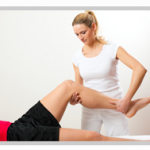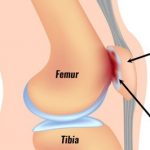Physiotherapy Mississauga Why choose PhysioNow for Physiotherapy Mississauga? • Over 16 years of providing top rated Physiotherapy Mississauga There are 4 convenient locations- Erin Mills, Applewood, Lorne Park and Long Branch • Awards/nominations? PhysioNow: nominated for a Top Choice Award in 2020. • A team of highly qualified physiotherapists and massage therapists All of our physiotherapists and massage therapists have several years of experience in their field and are registered in good standing with the College of Physiotherapy and Massage Therapy. • Services we offer Services are provided for all ages and for a variety of conditions. For instance, our therapists are specialized in several areas including manual therapy, acupuncture, vestibular rehabilitation, concussion , sports injuries, pelvic health and soft tissue techniques. Lower Back Pain Treatments Donjoy Defiance ACL Repair Brace Return To Sport After ACL Ligament Repair…
Read More



